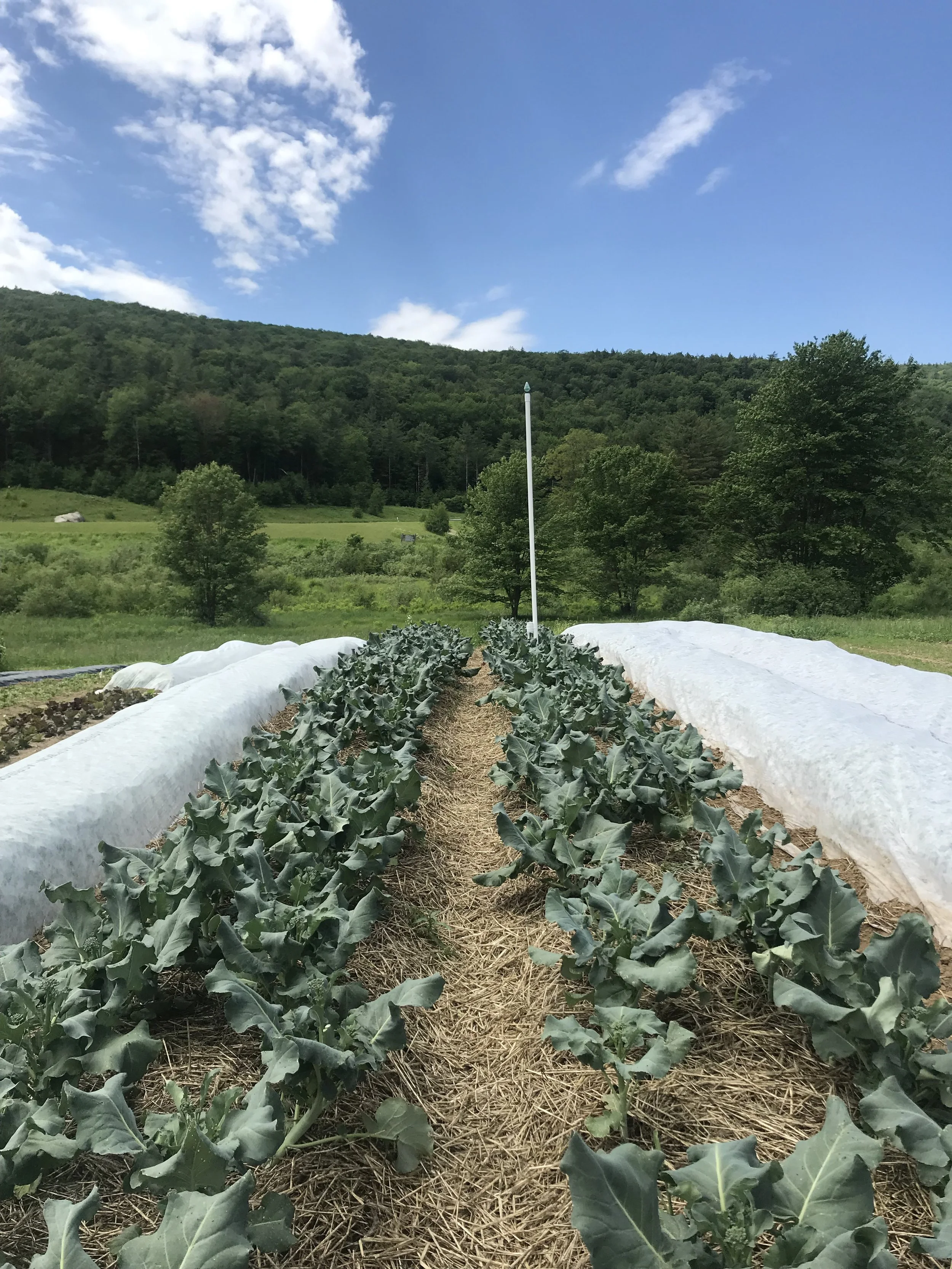Soil water availability is the amount of plant-available water that is stored in the soil profile at a specific point in time. Plant-available water is affected by many factors including soil physical properties, temperature, precipitation, irrigation, crop type, and more. Too little water for an extended period of time in the soil can reduce yield and impact plant quality because drought causes plant stress. Too much soil water can lead to root anoxia (a lack of oxygen within the soil) as well as nutrient depletion, causing negative effects on quality and yield of cash crops.
As our climate changes, managing soil water availability will become increasingly important and challenging. In particular, irrigation systems are becoming critical. Farmers and researchers are exploring new irrigation-management strategies, particularly in regions that have not historically relied upon irrigation to meet crop water needs. Soil water monitoring systems are a key component of efficient irrigation, enabling farmers to both maximize water-use efficiency and ensure that crops can thrive. This is especially important given the increased variability in rainfall experienced in recent decades across many parts of the world.
Measuring soil water availability can help improve crop yields, conserve water, and improve water- use efficiency. Soil water information can be retrieved in several ways, either on site or from a cloud-based system. Data can be retrieved in the field using a pressure gauge attached to a tensiometer. Alternatively, you can use a portable handheld reader or a stationary data logger, both of which can be connected to granular matrix sensors. Data can also be collected via cellular or wireless systems, which allow for automated, remote data access.
The University of Maine Agroecology Lab, UMaine Extension, and University of Vermont Extension recently released two new fact sheets designed to explain the basics of soil water availability, relevant technology (hardware and software), and costs associated with these practices. We hope these factsheets are useful to growers and agricultural advisors.
Factsheet 1: Soil water availability monitoring for diversified vegetable farms
Factsheet 2: Soil water monitoring systems: Components and costs

